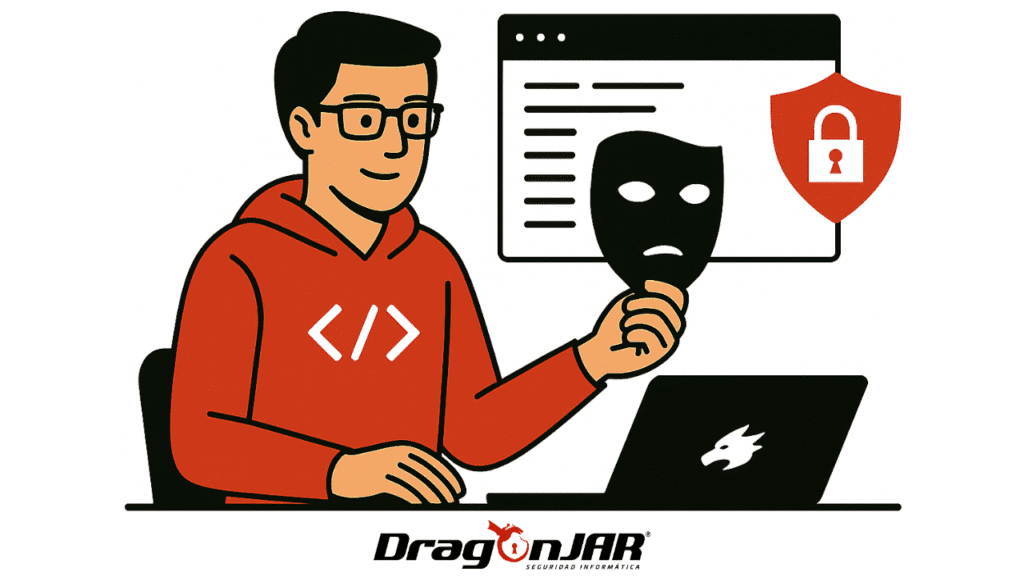Red Team Attack Simulations & Physical Penetration Testing
In today’s increasingly digital world, where cyberattacks are a constant threat, Red Team Attack Simulations and Physical Penetration Testing have become indispensable tools for companies seeking to ensure their cybersecurity. This article explores what these practices entail, why they are essential, and how they can transform your organization’s security strategy.

What Are Red Team Attack Simulations?
Red Team Attack Simulations involve advanced methodologies and realistic adversary emulation to test both digital and physical defenses. A Red Team combines cyberattack techniques with social engineering and exhaustive analysis to uncover critical vulnerabilities and provide actionable remediation strategies.
Key Benefits of Red Team Attack Simulations
- Vulnerability Identification: Thorough assessments reveal critical gaps in your IT systems before real attackers can exploit them.
- Security Posture Improvement: By identifying and addressing weaknesses, you strengthen your overall defenses.
- Preparedness for Real Attacks: Simulating realistic scenarios tests your team’s detection and response capabilities under true-to-life conditions.
How a Red Team Simulation Works
A Red Team simulation reproduces techniques and procedures used by real-world attackers— including Advanced Persistent Threat (APT) groups—and integrates social engineering exercises to access sensitive systems. This comprehensive approach evaluates your organization’s resilience across multiple attack vectors.
Step-by-Step Process
- Objective Definition: Establish clear goals, such as evaluating digital defenses or physical security.
- Planning & Reconnaissance: The Red Team assesses potential vulnerabilities and crafts tailored attack strategies.
- Attack Execution: Controlled simulations test your security team’s ability to detect and mitigate threats.
- Reporting: A detailed report outlines identified vulnerabilities and provides targeted recommendations for remediation.
Red Team vs. Blue Team
The Red Team focuses on attacking to uncover weaknesses, while the Blue Team is charged with defending, detecting, and responding to incidents. Collaboration through Purple Team exercises further enhances security by combining offensive and defensive insights in a controlled environment.
- Red Team: Simulates realistic cyber and physical attacks to expose vulnerabilities.
- Blue Team: Monitors, detects, and responds to threats to maintain security.
Why Include Physical Penetration Testing?
Physical Penetration Testing evaluates security controls beyond the digital realm, testing access controls, surveillance systems, and security procedures. These tests identify real-world weaknesses—such as unsecured entry points or flawed procedures—and deliver practical measures to mitigate risk.
Physical Testing Success Stories
- Uncovered unauthorized entry points and physical security gaps.
- Prevented real-world intrusions by external actors.
- Enhanced on-site security measures and organizational procedures.
Engaging DragonJAR for Red Team & Physical Penetration Testing
DragonJAR SAS leverages advanced methodologies and deep expertise to secure your organization. Our services include:
Secure Your Future: Elite Cybersecurity Solutions for Modern Businesses
- Customized Red Team Attack Simulations tailored to your specific risk profile.
- Comprehensive vulnerability assessments—digital and physical.
- Actionable remediation plans to fortify your systems and policies.
Frequently Asked Questions
What Is Included in a Red Team Attack Simulation?
Simulations cover advanced penetration tests and attack scenarios—ransomware, phishing, and social engineering—to evaluate incident response readiness and reveal security gaps.
Why Are Red Team Exercises Important?
Red Team exercises provide a realistic view of organizational defenses, helping to identify critical vulnerabilities and strengthen your security posture against genuine threats.
How Does Red Teaming Differ from Traditional Pentesting?
Red Teaming emulates full-scale attack campaigns, combining cyber and physical tactics, while traditional pentesting focuses on specific system vulnerabilities.
What Happens After a Red Team Simulation?
You receive a detailed report outlining discovered vulnerabilities and prioritized recommendations to enhance your cybersecurity defenses.
What Other Cybersecurity Services Does DragonJAR Offer?
- Cyber Kill Chain Analysis
- Security Policy Evaluation
- Social Engineering Assessments
Conclusion
Red Team Attack Simulations and Physical Penetration Testing are critical to:
- Identifying and mitigating critical vulnerabilities.
- Strengthening both digital and physical security.
- Preparing your incident response team for real-world attacks.
- Ensuring ongoing resilience in an evolving threat landscape.
Partner with DragonJAR SAS to elevate your security strategy and protect your organization against the most sophisticated cyber and physical threats.

Leave a Reply